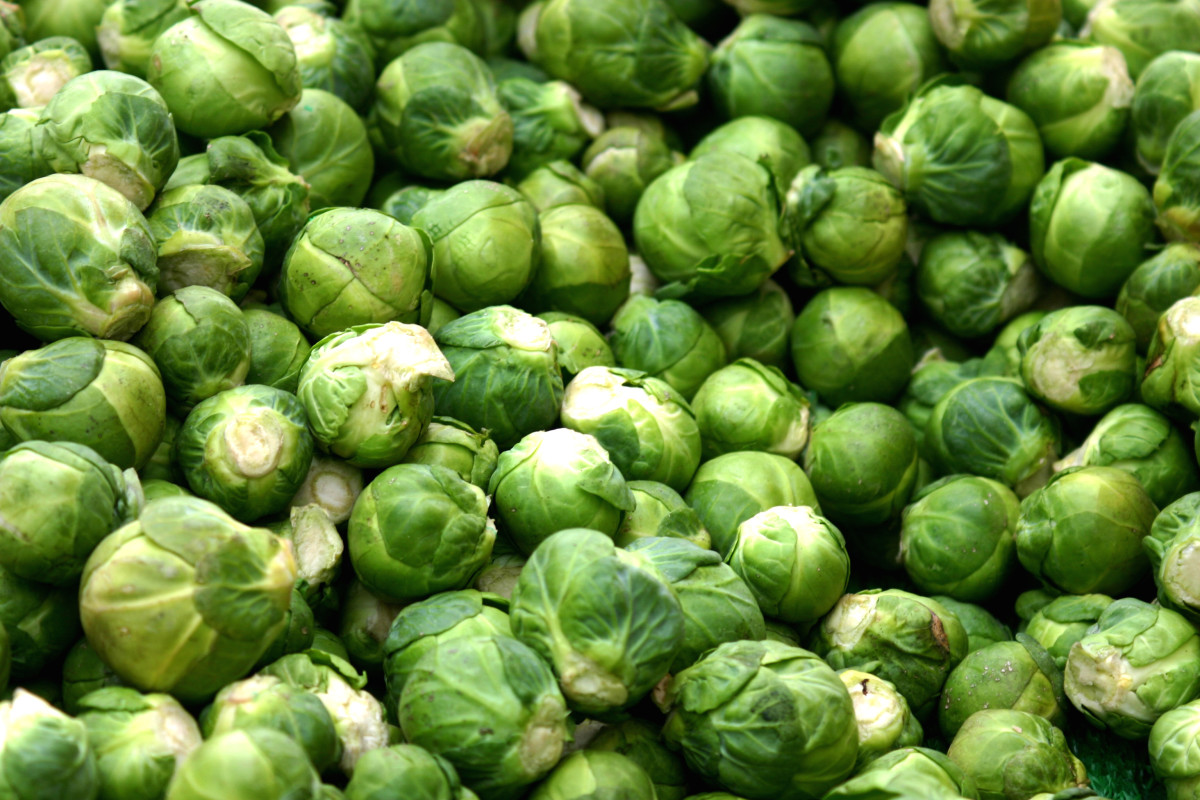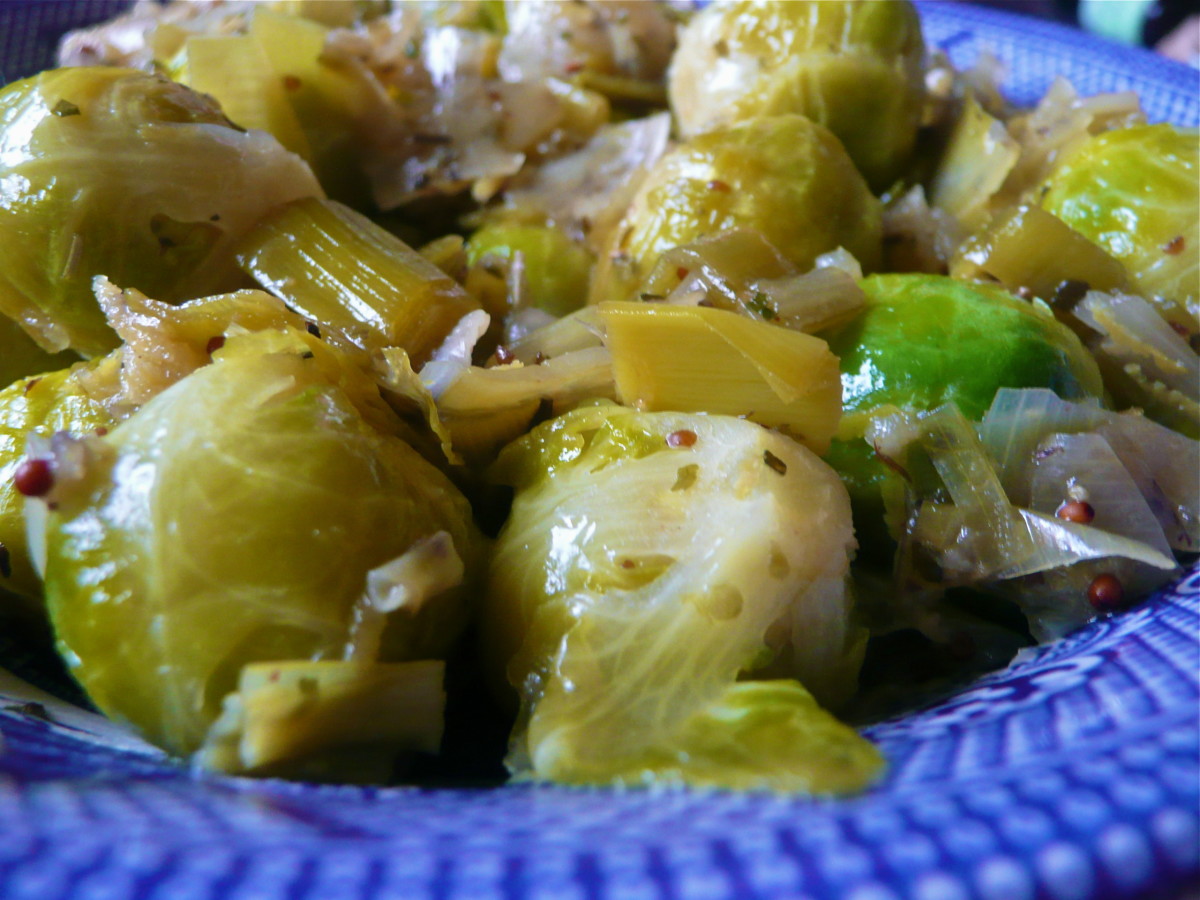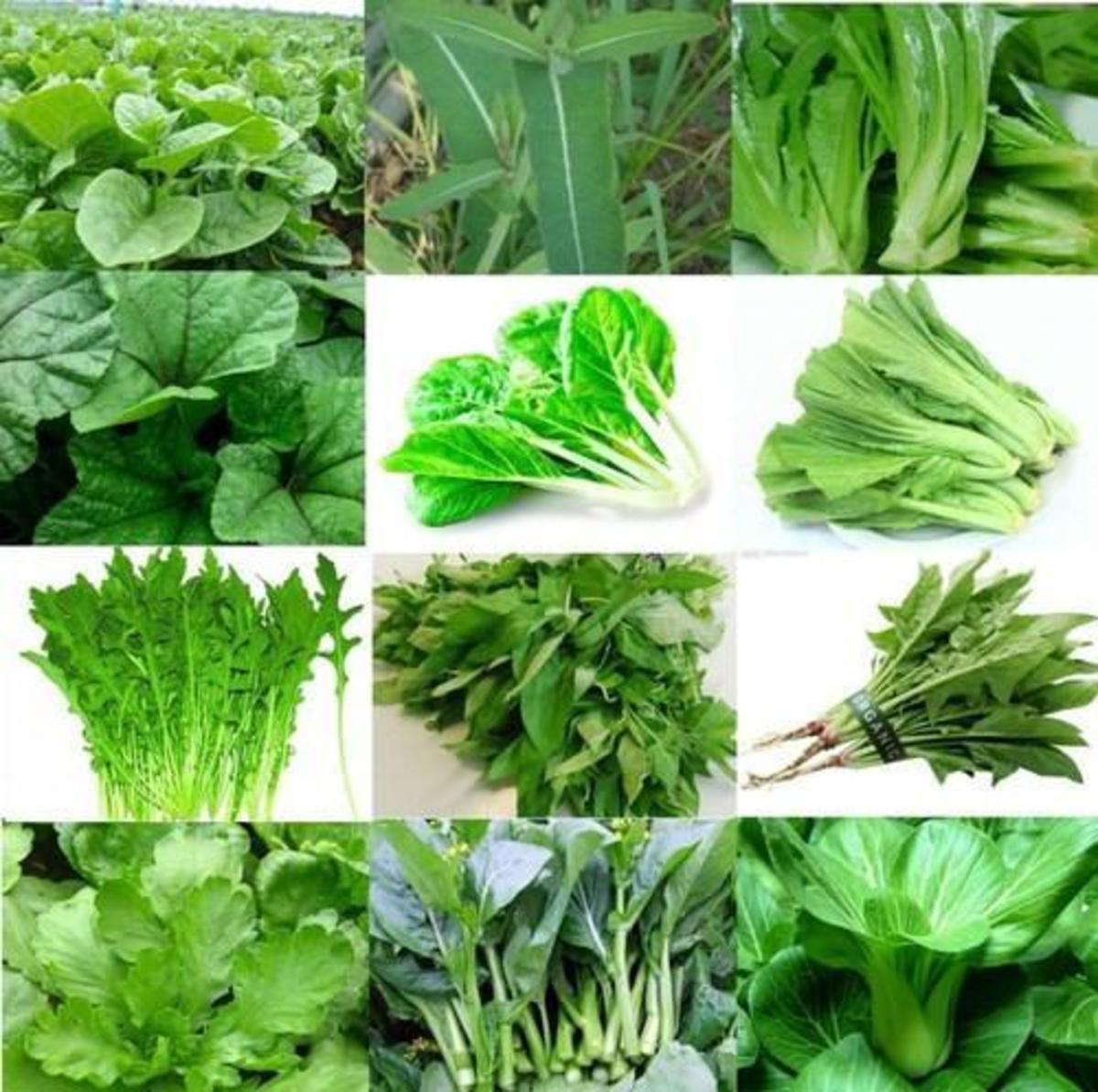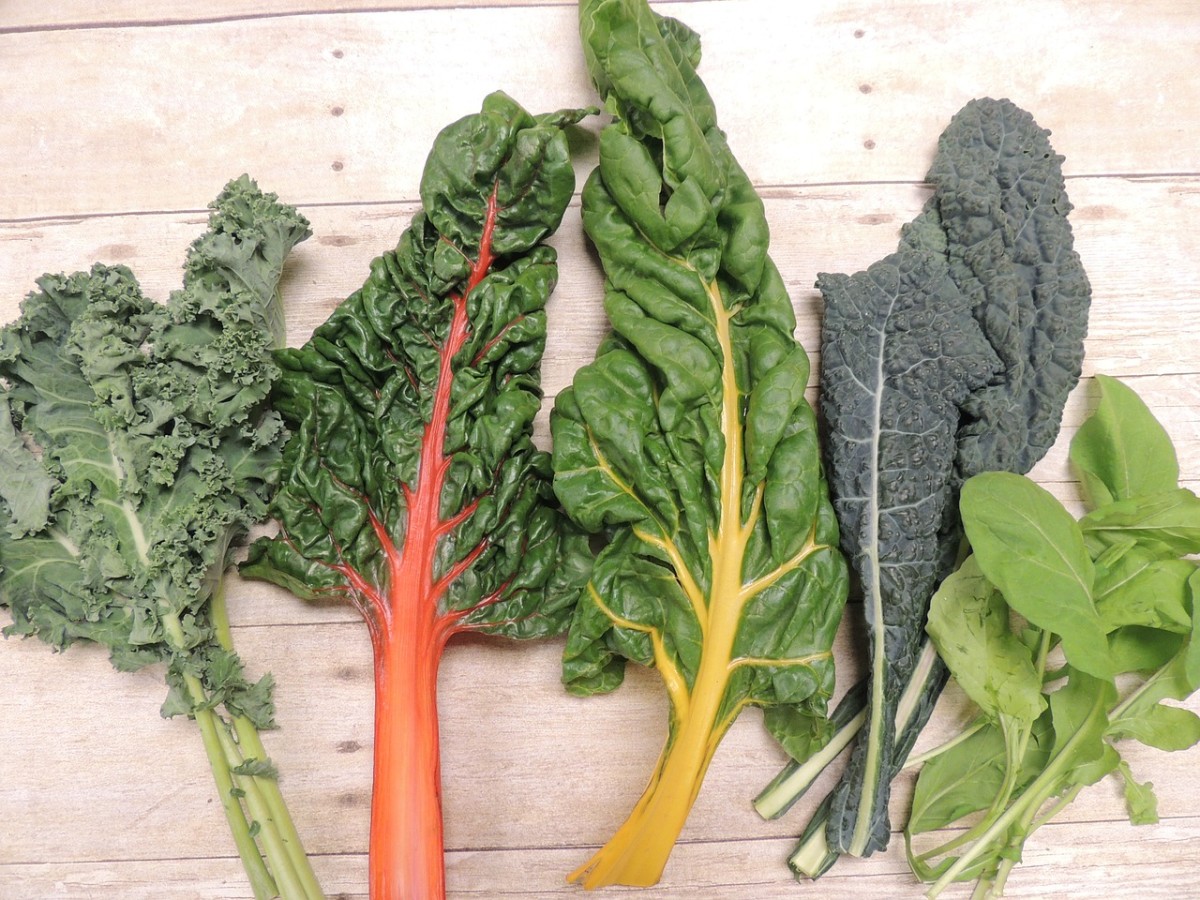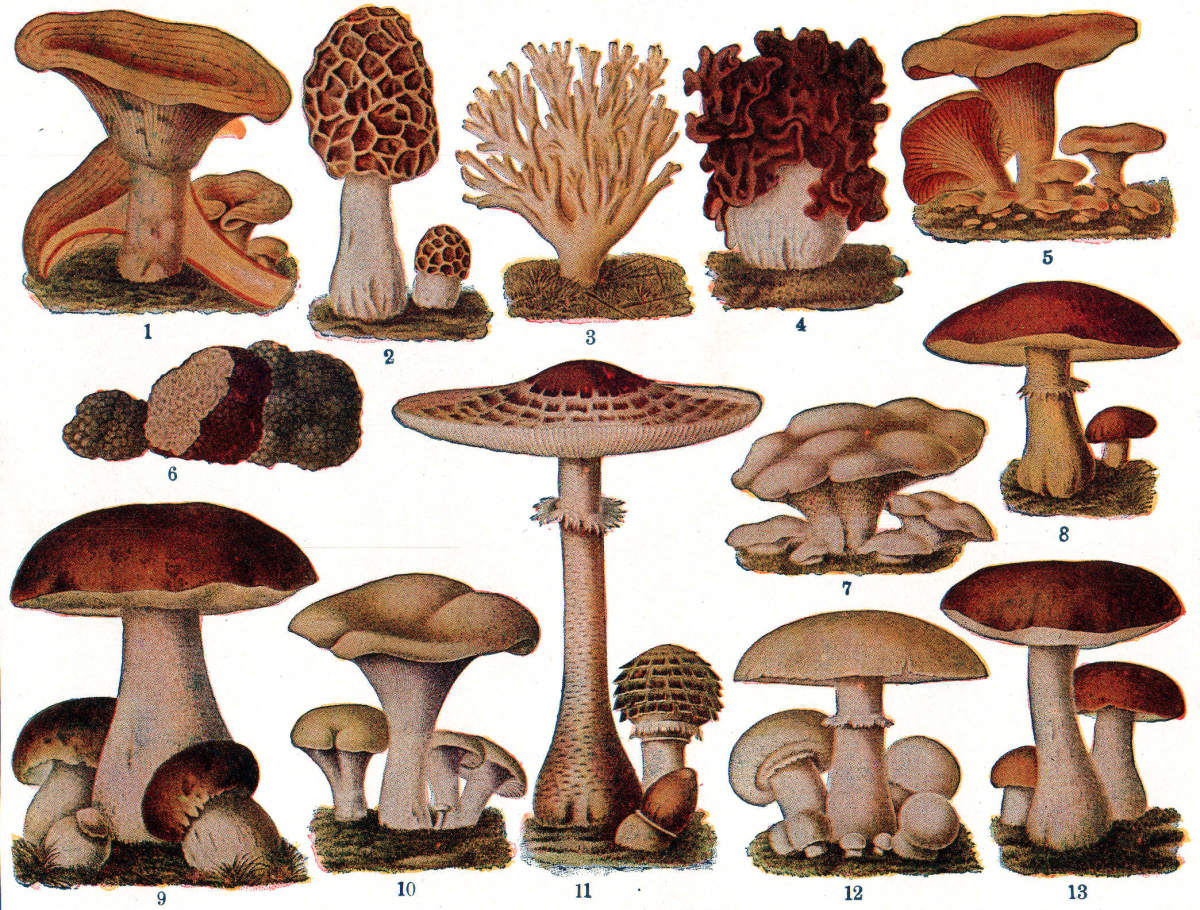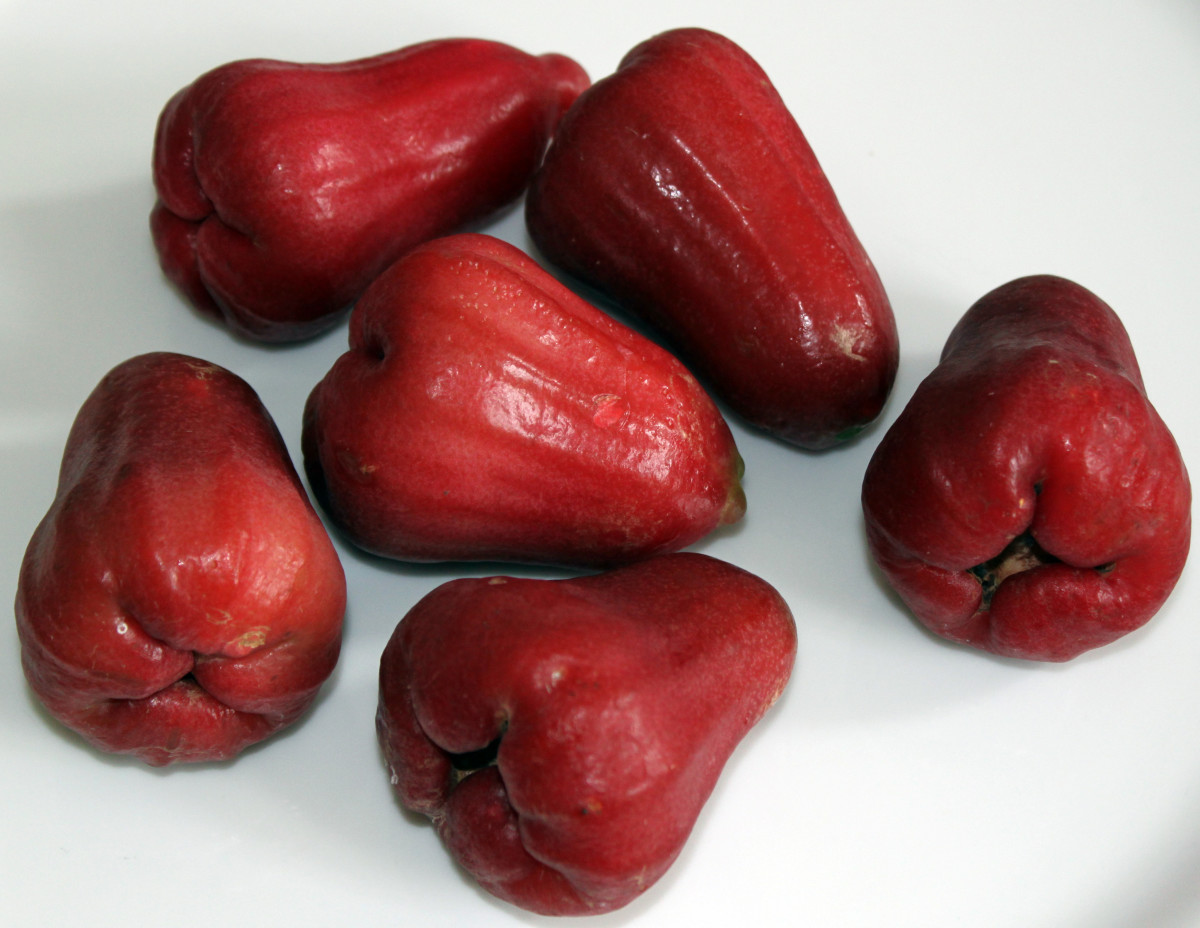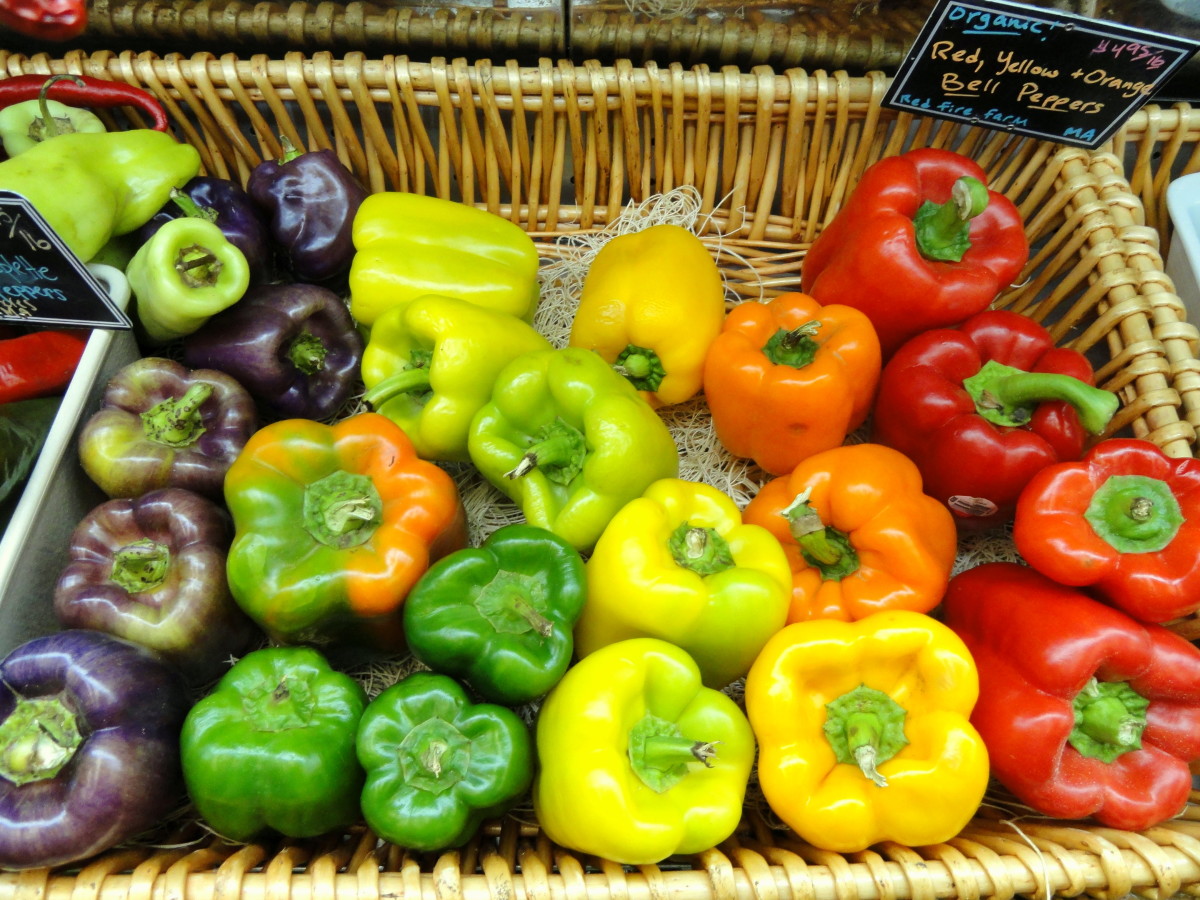Five Popular Vegetables with High Protein Content
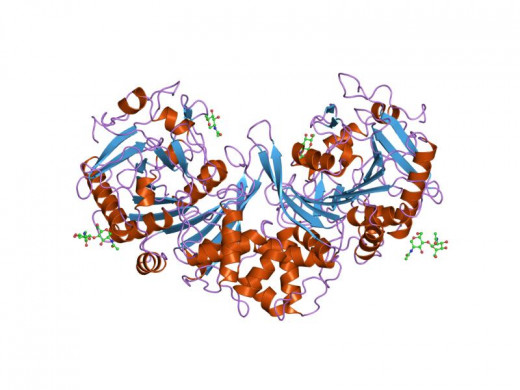
When most people think of a protein source, vegetables rarely come to mind. We tend to think of meat, chicken, fish, eggs, and dairy. But there are several vegetables with a high enough concentration of protein to rival some of those non-plant-based foods. A few examples: leafy greens, asparagus, legumes, peanuts, soy/ tofu. For vegans and vegetarians, of which I am the latter, this is excellent news!
Protein is called the “building block” because, without it, we lack structure. A total of 20 amino acids form a variety of molecular and structural protein chains that make up our skeletal frame, muscles, blood, and skin (x), (x). Keratin and collagen are two examples of the types of protein in our bodies (x).
Protein also performs certain enzymatic and hormonal syntheses and functions. Without enough of this vital compound, we could suffer weakness, anemia, stunting, compromised immunity, and more (x).
So, what are the five popular vegetables with high concentrations of protein? Asparagus, broccoli, Brussels sprouts, cauliflower, and spinach.
Asparagus
There are three main varieties of asparagus: green, the American and British variety, which is familiar to most of us; purple, the French version, and white, which the Dutch and the Spaniards claim. Ancient folk once considered asparagus an aphrodisiac. The Greeks, who discovered it some 2,500 years ago, used it as a cure for toothaches and bee stings (x).
The succulent shoots (called spears) of Asparagus officinalis, the perennial vegetable’s official botanical name, are harvested in the spring. It takes three good years for the first harvest to occur (x), (x).
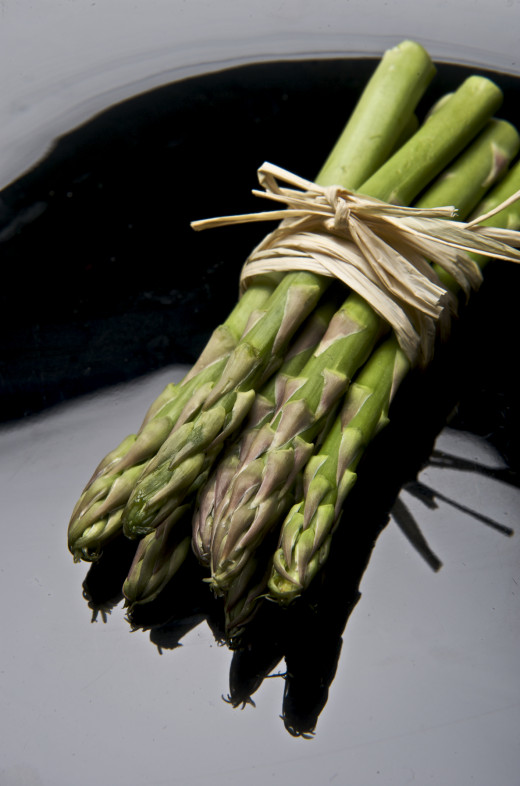
Nutrition and Health Benefits
According to the United States Department of Agriculture (USDA) website, one cup of asparagus, about 134 grams, has about 2.95 grams of protein (x).
The vegetable has other important nutrients, some in very high quantities: dietary fiber, vitamins A, B6, B9 or folate, C, and K, minerals calcium, iron, selenium, zinc, magnesium, and potassium, important antioxidant phytocompounds, including carotene, lycopene, lutein, and zeaxanthin. (x).
Research implies that these compounds may help support or promote heart, digestive, and immune health, lower the risk of type 2 diabetes and cancer, and slow the aging process (x). So, we’re not just getting protein benefits.
Preparation
How is asparagus prepared? The spears can be cooked in a number of delicious ways: grilled, steamed, broiled, pan-fried, and more.
Fresh Asparagus Patties
Safety Concerns
Are there any side effects? Asparagus is generally safe to consume. But individuals can be allergic and show symptoms such as runny nose, rash, swelling, and even breathing issues. Its sulfuric compounds may also cause urine to smell bad (x).
Broccoli
Did you know that the average American consumes roughly six pounds of broccoli annually? That statistic comes from the US Department of Agriculture (x). This superfood has been around since the sixth century. Italian in origin, its ancestor is thought to be a wild cabbage. The Italians called it “broccolo” because they saw it as the top flowers of cabbage. The British called it “Italian asparagus.” Broccoli’s scientific or botanical name is Brassica oleracea (x), (x).
There are three varieties of the Cruciferous family member. Most familiar to Americans is the Calabrese. Broccoli is best harvested when the shoots are young because they’re more tender (x), (x).
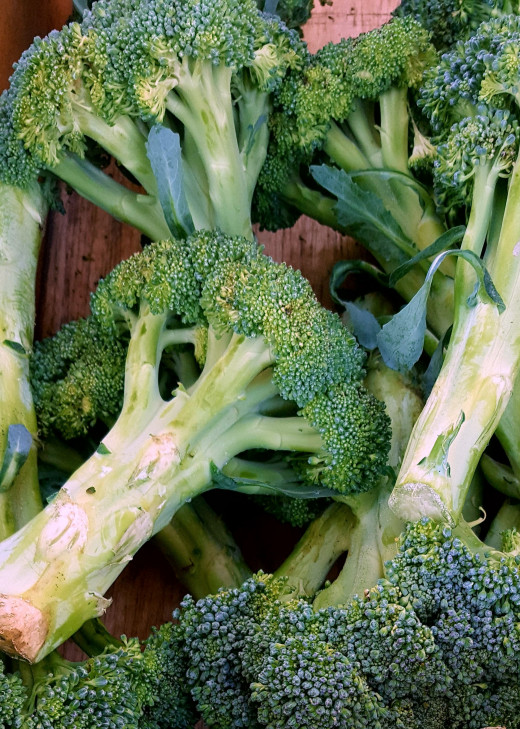
Nutrition and Health Benefits
How protein-rich is broccoli? The US Food and Drug Administration chart on the Department of Agriculture website shows that one cup of raw broccoli has approximately 2. 57g.
As with other cruciferous vegetables, broccoli is also potent in dietary fiber, vitamins A, B9/ folate, C and K, choline, minerals calcium, magnesium, phosphorus, potassium, selenium, phytocompounds carotene, lutein, and zeaxanthin.
Research conducted on these nutrients suggests that broccoli may also be helpful in preventing cancer, and inflammatory conditions, reducing cholesterol, and promoting heart, digestive, and vision health and detoxification (x).
Preparation
Broccoli can be steamed, boiled, sautéed, added to stir-fries, or eaten raw in salads.
Roasted Broccoli with Garlic and Lemon Recipe
Safety Concerns
Broccoli’s most common side effects are bloating, gas, and upset stomach (x).
Brussels Sprouts
Brussels sprouts are another member of the cruciferous family. During the end-of-year holiday season, these mini cabbage look-likes can be found on dinner tables across the country. An excellent thing, nutritious-wise!
Like cabbage, broccoli, and Swiss chard, Brussels sprouts are native to the Mediterranean. The name was derived from its 16th-century cultivation in Belgium. Brussels is the capital city (x). Depending on the variety, maturity can take six months to a year (x).
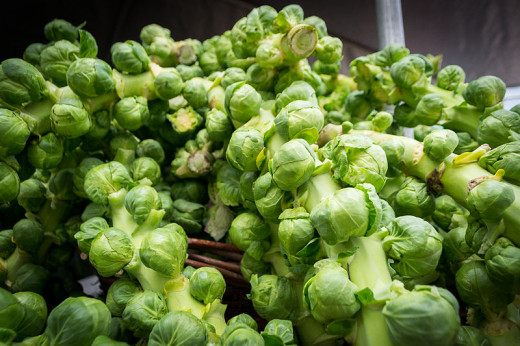
Nutrition and Health Benefits
One cup of Brussels sprouts has about 2.97 g of protein. That equates to 5.0 % of the recommended daily allowance (RDA) for adults.
Other bountiful nutrients include dietary fiber, vitamins A, B9, C, K, and E, choline, minerals calcium, iron, magnesium, phosphorus, potassium, selenium, phytocompounds carotene, and the other xanthophylls.
Because of these nutrients, several research studies suggest that Brussels sprouts may prevent cancer and inflammatory issues, support heart health, good vision, and strong immunity in addition to the protein benefits (x).
Preparation
Brussels sprouts are deliciously roasted, steamed, or sautéed.
Crispy Brussels Sprouts Two Ways: In Pan & Oven
Safety Concerns
Though generally safe to consume, Brussels sprouts' side effects may include thyroid problems.
Cabbage
Cabbage is another Cruciferae family member and ancestor of the European wild cabbage. It receives top-ten billing in the vegetable most consumed by Americans, at least in 2014. And 45% of it is prepared as coleslaw.
Cabbages come in a variety of colors and species. Harvesting can occur from day 35 after planting to day 120, depending on species (x).
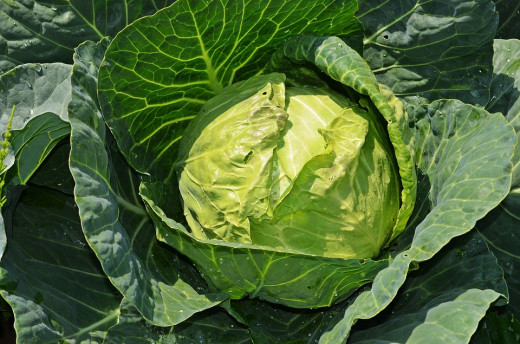
Nutrition and Health Benefits
One cup of chopped cabbage contains 1.14g of protein.
Its other nutritional ingredients include healthy supplies of dietary fiber, vitamins A, B9, C, K, and E, choline, minerals calcium, magnesium, phosphorus, potassium and selenium, phytocompounds carotene, and the other xanthophylls (x).
Just as in broccoli and Brussels sprouts, these nutrients have the potential to provide us with the same excellent health benefits, including strengthening our immune system.
Preparation
Besides coleslaw, cabbage can be sautéed, stir-fried, steamed, boiled, and fermented as in sauerkraut.
Healthy Cabbage Fry Up For Sunday Dinner
Safety Concerns
Side effects of cabbage are similar to that of the other crucifers or Brassica oleracea, which this group of veggies is also called.
Spinach
The fifth most common high-protein vegetable is spinach. Its versatility lends itself as an ingredient in a wide range of global recipes. According to a Healthline website article, spinach, scientifically known as Spinacia oleracea, is indigenous to Persia/ Iran. Cultivation in the United States did not begin until 1806. Spinach is a member of the amaranth family. The grain quinoa is also a member (x).
There are three varieties of spinach: savoy, semi-savoy, and flat or smoothed-leaved. The most common type grown in the US is semi-savoy. Tender leaves are harvested no later than 45 days after planting (x), (x).
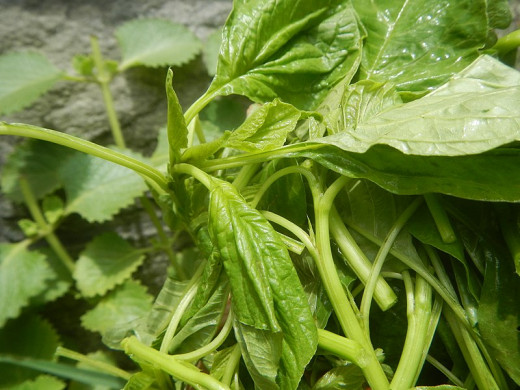
Nutrition and Health Benefits
One cup of spinach has 0.85g of protein.
It’s also rich in vitamins A, B9, C, and K, minerals calcium, iron, magnesium, phosphorus, and potassium, and antioxidant/ anti-inflammatory xanthophylls.
Research studies indicate that they may help lower blood pressure, support good vision and prevent cancer (x).
Preparation
Ways to prepare spinach include as a dip, in salads, soups, sandwiches, smoothies, and mocktails.
3 Healthy Green Smoothies: Healthy Breakfast Ideas
Safety Concerns
Spinach contains compounds that can negatively affect the kidneys if too much of it is consumed. And vitamin K may interfere with blood thinner medication (x).
Favorite High Protein Vegetable
Which is your favorite high protein vegetable?
Bottom Line
Now that we know which of our popular vegetables contain a high protein content, we, especially vegans and vegetarians can rest assured that we may be getting the sufficient daily recommended amount. If not, we can adjust our diets to include them.
In addition to a strong skeletal and muscular framework, and excellent blood and skin health, asparagus, broccoli, Brussels sprouts, cabbage, and spinach may also provide us with good heart, digestive, and vision health, a strong immune system, low blood pressure, and more.
Note, though research studies show that the nutrients mentioned in these vegetables may have the potential in aiding our health and well-being, there’s no medical evidence to support them in curing, treating, or preventing disease.

